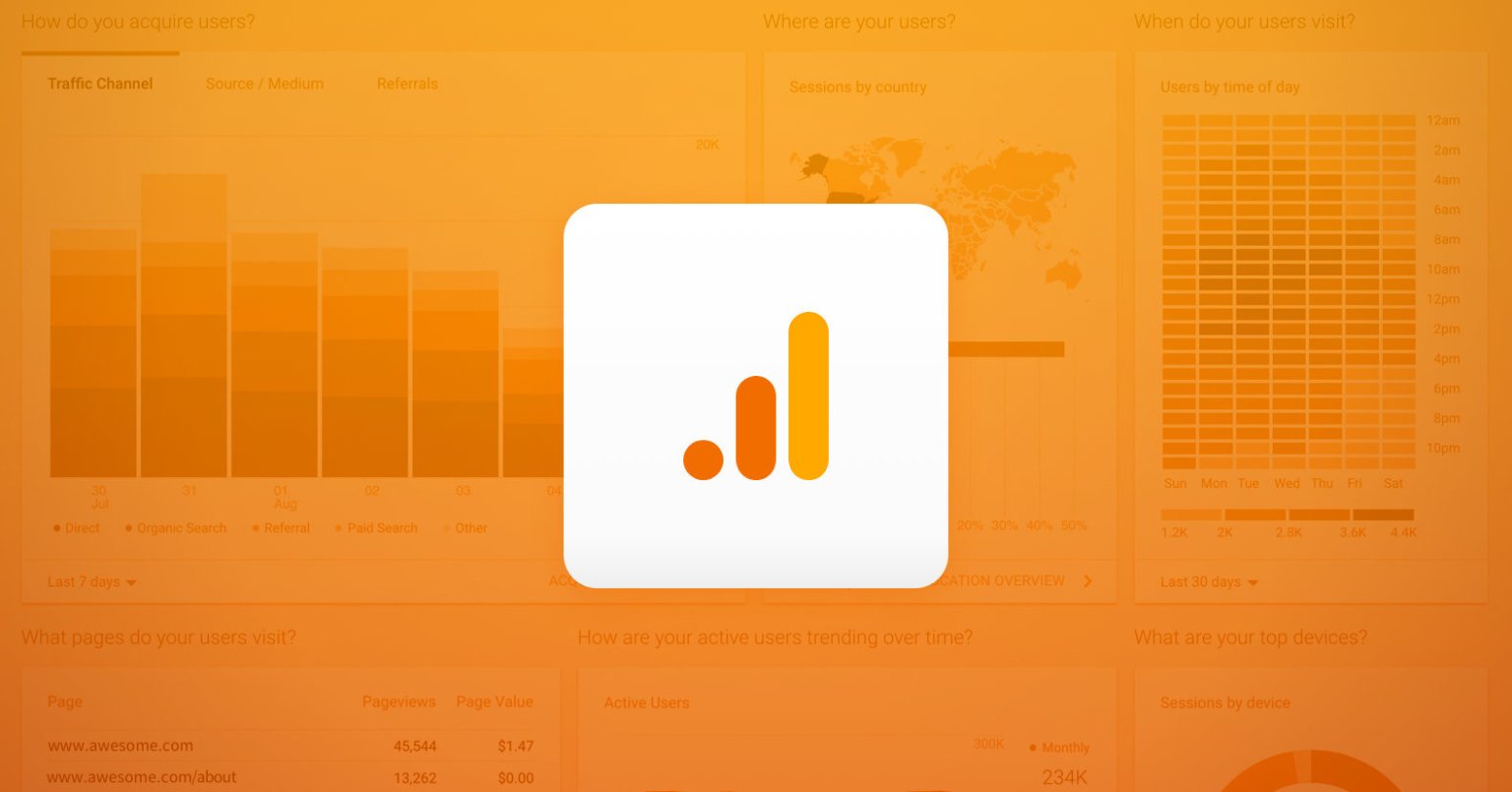What is Microsoft Azure?
Microsoft Azure Services is one of the most popular choices for organizations that prefer both Platform-as-a-Service (PaaS) and Infrastructure-as-a-service (IaaS) computing models.
Whereby, Infrastructure-as-a-service – Microsoft Azure cloud offers virtualization through its mature Hyper-V technology. For smaller organizations, Microsoft Azure services entail tangible benefits from the economies of scale. And whereas, for large-scale implementations, the services entail reduced IT maintenance costs and increased productivity.
On the other hand, for Platform-as-a-service – Microsoft Azure server renders comprehensive capabilities to your IT team. Enabling them to develop custom solutions, manage their design, development, and deployment.
Therefore, there is absolutely no need to purchase and manage any additional server hardware, software, security, storage, or other network components used earlier to deliver custom solutions.
Some organizations use Azure for data backup and disaster recovery. Organizations can also use Azure as an alternative to their own data center. Rather than invest in local servers and storage, these organizations choose to run some, or all, of their business applications in Azure.
What is Microsoft Azure?
Notably, Microsoft Azure, formerly known as Windows Azure, is Microsoft’s public cloud computing platform.
It provides a range of cloud services, including compute, analytics, storage, and networking. Whereby, users can pick and choose from these services to develop and scale new applications. Or even run existing applications, in the public cloud.
Basically, to address issues with managing multi-cloud environments, some teams are turning to a cloud management platform to bring disparate environments under control.
Microsoft Azure is widely considered both a Platform as a Service (PaaS) and Infrastructure as a Service (IaaS) offering. In addition, to ensure availability, Microsoft has Azure data centers located around the world.
And as of January 2020, Microsoft Azure services are now available in 55 regions, spread across 140 countries. Unfortunately, not all services are available in all regions. Therefore, Azure users must ensure that workload and data storage locations comply with all prevailing compliance requirements or other legislation.
Why Use Microsoft Azure?
Simply, because Microsoft Azure consists of numerous service offerings. And in general, its use cases are extremely diverse. For example, running virtual machines or containers in the cloud is one of the most popular uses for Microsoft Azure.
Whereby, these computing resources can host infrastructure components. Like Domain Name System (in short DNS) servers. As well as Windows Server Services such as Internet Information Services (in short IIS), or even third-party applications. Microsoft also supports the use of third-party operating systems, such as Linux.
In addition, Microsoft Azure is also commonly used as a platform for hosting databases in the cloud. Offering serverless relational databases such as Azure SQL and non-relational databases such as NoSQL.
Microsoft Azure is also a popular platform for backup and disaster recovery. Additionally, many organizations use Azure storage as an archival solution in order to meet their long-term data retention requirements.
By all means, the Azure Cloud Solutions allows you to;
Before proceeding, you can have a look at some more 11 Business Benefits of Microsoft Azure Cloud Solutions.
How does Microsoft Azure work?
In the first place, Microsoft Azure is a subscription-based service. Once customers subscribe to Azure, they have access to all the services included in the Azure Portal.
Subscribers can use these services to create cloud-based resources, such as Virtual Machines (in short VM) and Databases.
Although Microsoft does not charge a subscription fee, the various Azure services are made available on a pay-as-you-go basis. Meaning subscribers receive a bill each month that only charges them for the specific resources they have used.
In addition, a number of third-party vendors also make software directly available through Azure.
The cost billed for third-party applications varies widely but may involve paying a subscription fee for the application. Plus a usage fee for the infrastructure used to host the application.
Customer support options for Azure include;
Eventually, these customer support plans vary in terms of scope and price. So, for your information, basic support is available to all Azure accounts. But Microsoft charges a fee for the other support offerings.
Then again, Developer Support costs $29 per month, while Standard support costs $100 per month and Professional Direct support is $1000 per month. Microsoft does not disclose the pricing for Premier support.
Resources;
By all means, I hope the above-revised guide on Microsoft Azure towards your business cloud computing needs was helpful and supportive enough.
But, if you’ll prefer a personal touch, please Contact Us. Or even share your questions, contributions, suggestions, or recommendations in the comments box below this research blog.
Below are more useful and related online blog topic links;
- Hyper-V Technology Overview
- What is Infrastructure-as-a-Service?
- Software-as-a-Service FAQ Answers
- AWS Marketplace | Amazon Web & Cloud Computing
- What is the Meaning of Platform-as-a-Service (PaaS)





Comments
Post a Comment